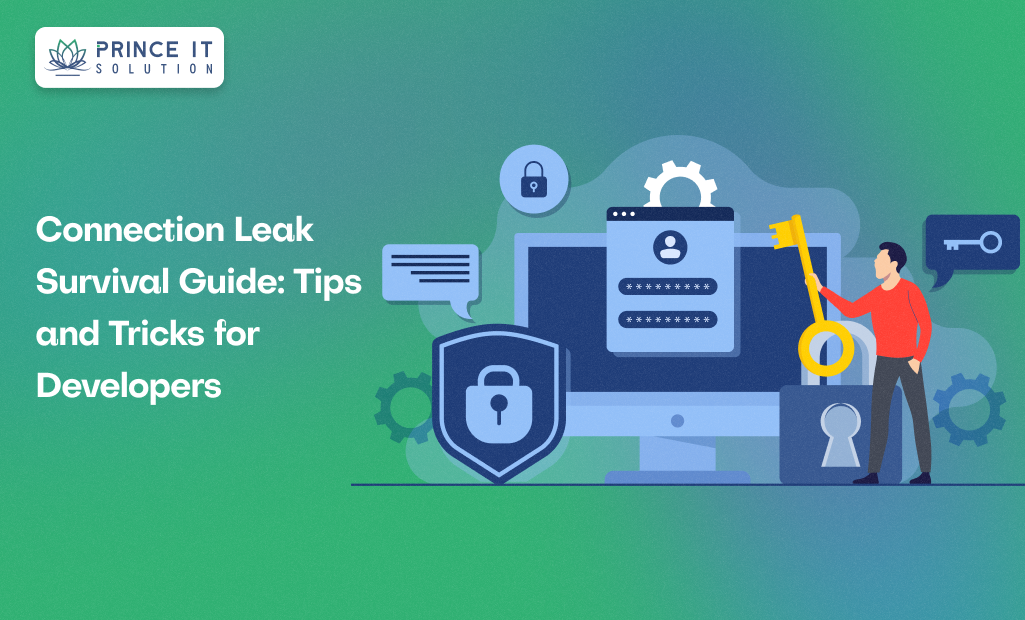Introduction
In modern software applications, efficient database connectivity is at the heart of smooth performance. However, one of the most common and frustrating issues developers face is the connection leak. A connection leak occurs when database connections are opened but not properly closed or returned to the connection pool. Over time, this can lead to performance degradation, downtime, and frustrated users.
This guide will walk you through what connection leaks are, why they matter, and how developers can prevent and fix them with practical tips and tricks.
What is a Connection Leak?
A connection leak happens when a database connection remains active without being released back to the pool. Since connection pools have a limited number of available connections, leaks can eventually exhaust the pool, causing application failures.
Key symptoms of connection leaks include:
Slower query execution
Application timeouts
Database connection errors under load
Increasing memory and resource consumption
Why Connection Leaks Matter
Performance impact: Leaks reduce available resources, slowing down applications.
Scalability issues: As user requests grow, limited connections cause bottlenecks.
Cost concerns: Inefficient resource usage increases infrastructure costs.
User experience: Frequent downtime leads to poor customer satisfaction.
Common Causes of Connection Leaks
Forgetting to close connections in code.
Exception handling failures where connections don’t close after an error.
Improper connection pool configurations.
Long-running queries hold connections unnecessarily.
Resource mismanagement in multithreaded environments.
Tips and Tricks to Prevent Connection Leaks
1. Always Close Connections
Make closing database connections a strict rule. In Java, for example, use try-with-resources to ensure automatic closure.
2. Implement Connection Pool Monitoring
Use tools like HikariCP, C3P0, or built-in monitoring features to track active and idle connections.
3. Set Timeouts
Configure maximum connection lifetimes and idle timeouts to prevent abandoned connections from hanging indefinitely.
4. Use Code Review & Static Analysis
Integrate static analysis tools (like SonarQube) to detect unreleased connections during code reviews.
5. Simulate Load Testing
Test your application under realistic traffic scenarios to ensure connections are properly managed under stress.
6. Automate Leak Detection
Enable leak detection settings (e.g., HikariCP’s leakDetectionThreshold) to automatically log stack traces when connections aren’t released.
7. Educate Your Team
Promote best practices for database connection management in development teams to avoid recurring mistakes.
Advanced Strategies
Connection Wrappers: Wrap connection objects to track open/close operations.
Thread-local Connections: Avoid unless necessary; can easily cause leaks.
Monitoring Dashboards: Integrate with tools like New Relic or AppDynamics for real-time visibility.
Conclusion
Database connection leaks might seem small at first, but they can snowball into major performance and scalability issues. By following best practices such as closing connections, setting timeouts, monitoring pools, and conducting regular reviews, developers can build leak-proof applications that run smoothly at scale.
Think of this guide as your survival manual. Spot leaks early, fix them fast, and keep your systems running at peak efficiency.



